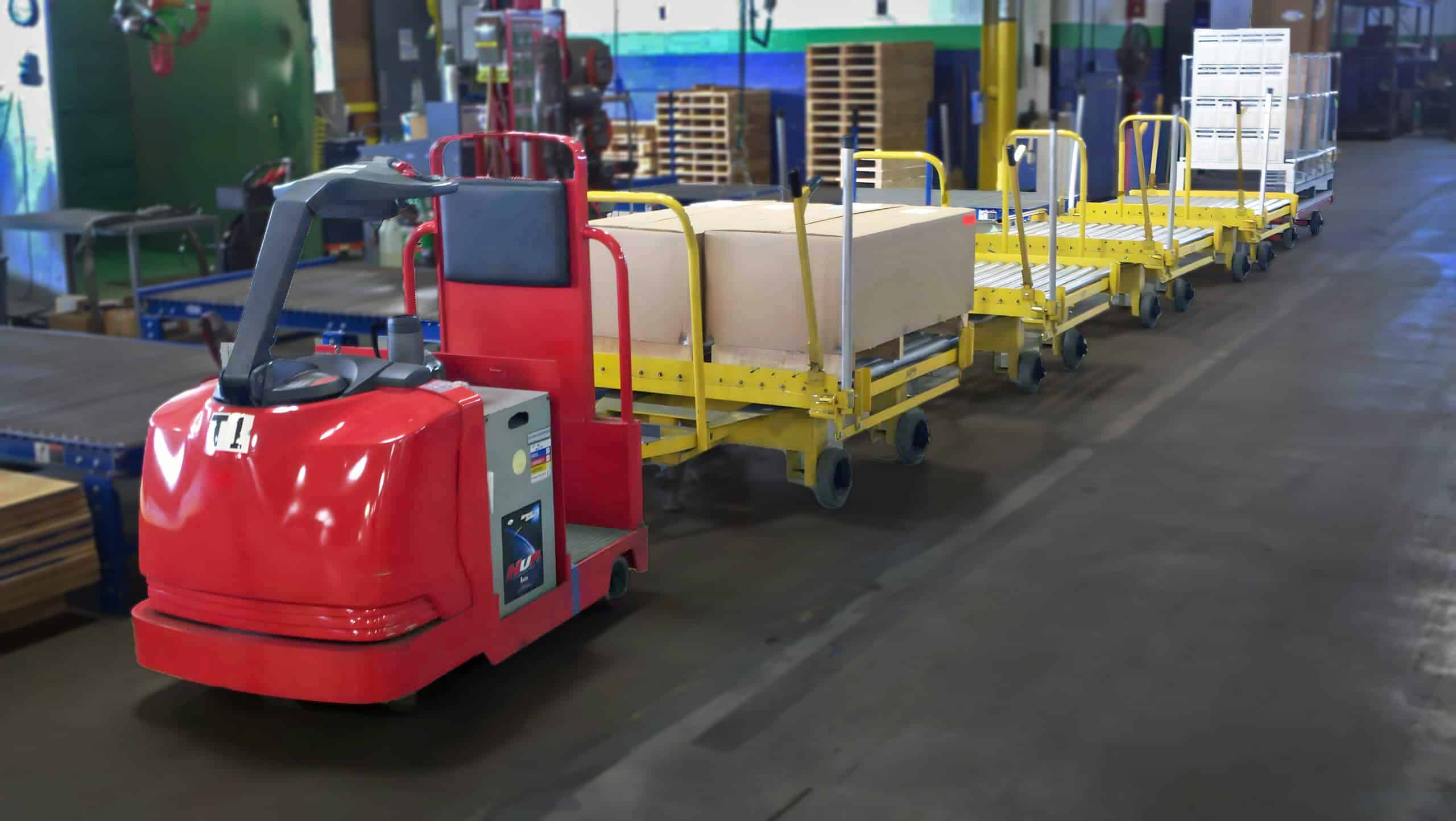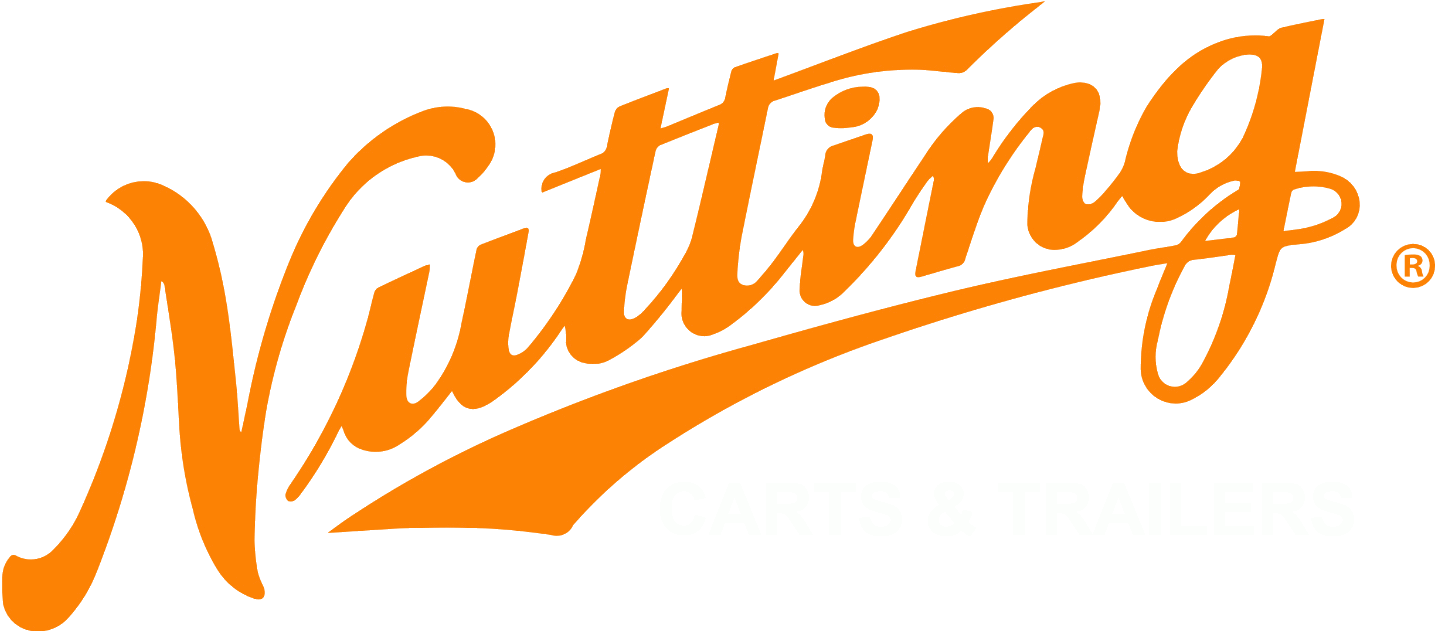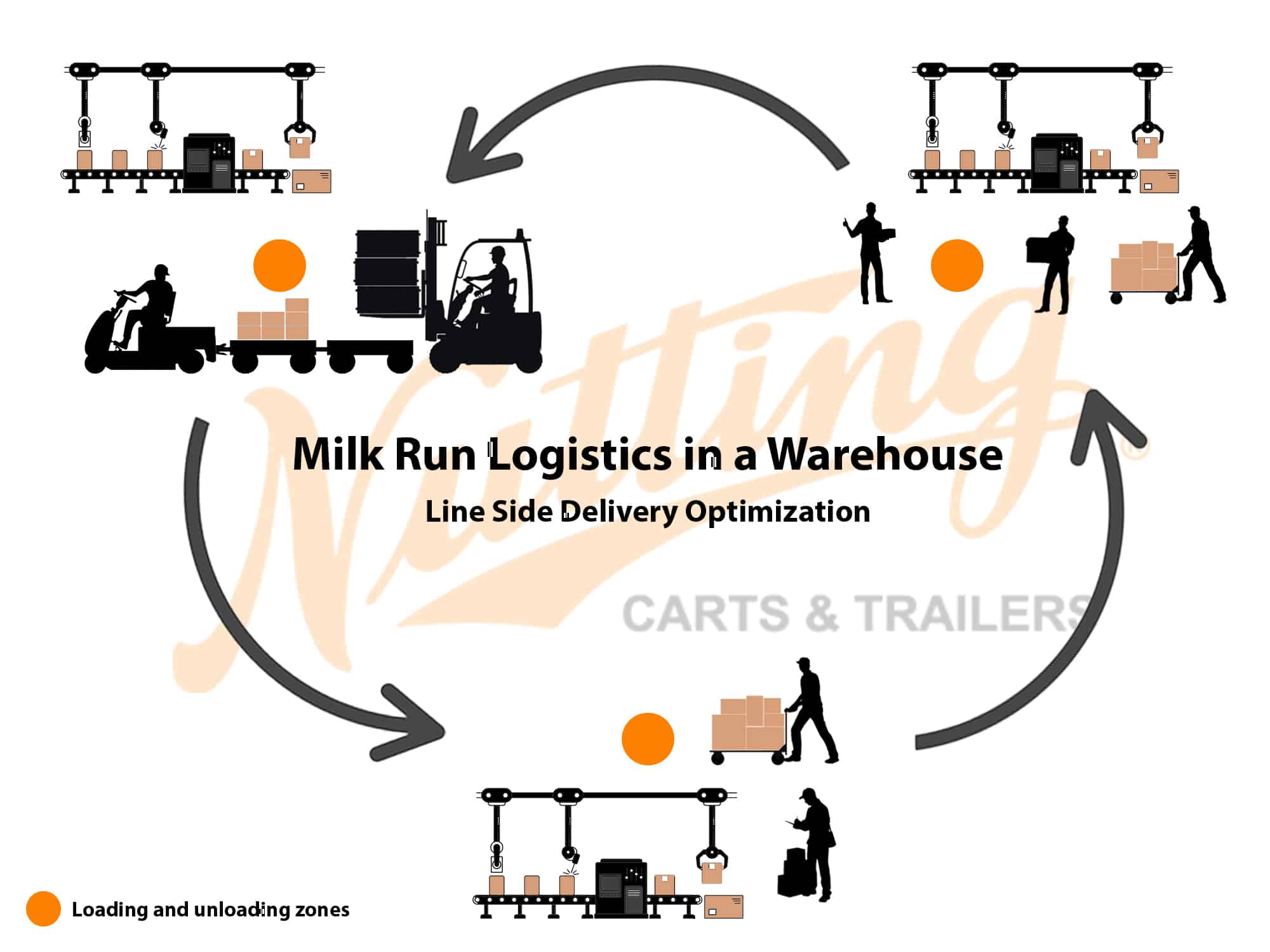Logistics management is critical to the success of any business that involves the transportation of goods. One popular approach to logistics management is the “milk run” approach, which involves consolidating multiple orders into a single trip. This approach has become increasingly popular in warehouse management because it can increase efficiency and reduce costs.
In this article, we will explore the concept of milk run logistics in detail. We will discuss the benefits of this approach, how it works, and how to implement it in your warehouse management strategy.
Table of Contents
Introduction
What is Milk Run Logistics?
Advantages of Milk Run Logistics
Disadvantages of Milk Run Logistics
Implementing Milk Run Logistics in Your Warehouse
Conclusion
FAQs
1. Introduction
The Milk Run system plays a crucial role in lean process implementation, as it goes beyond a single delivery and becomes part of a larger framework. To truly maximize its effectiveness, it requires years of practice and continuous modifications. Many organizations, including those working with Nutting, have successfully integrated milk run routes into their material handling practices. By utilizing the milk run concept, businesses can design custom-tailored material handling carts to efficiently deliver any materials within a milk run route. This comprehensive approach ensures that the Milk Run system contributes significantly to streamlining processes, reducing waste, and improving overall efficiency within the organization.
2. What are Milk Run Logistics?
Milk run logistics is a system for optimizing delivery and transportation processes within a warehouse or manufacturing facility. It involves using a centralized delivery schedule, typically managed by a warehouse management system (WMS), to coordinate the pickup and delivery of goods in a predetermined sequence. The milk run logistics system is designed to collect materials or products from various points in a facility and transport them to a central location in a single trip. This approach can significantly reduce the trips required to move materials and products, saving significant time and cost.
The milk run logistics system typically relies on a fleet of specially designed vehicles, such as tugger trains or carts, to move materials and products around the facility. These vehicles are designed to transport multiple items simultaneously, reducing the need for multiple trips and increasing efficiency. A common cart type in milk run logistics are custom mother daughter carts. Additionally, the milk run logistics system typically involves using designated pickup and delivery points throughout the facility, which are clearly marked and easily accessible. This ensures that the entire process is streamlined and efficient, from start to finish. Overall, milk run logistics is an excellent way to optimize material and product transportation within a facility, reducing waste and increasing efficiency.

3. Advantages of Milk Run Logistics
Improved Efficiency and Reduced Costs
Milk run logistics helps to optimize the delivery process by consolidating multiple orders into a single delivery route. This results in more efficient use of transportation resources and reduces overall transportation costs. Additionally, because milk run logistics relies on regular deliveries, it reduces the need for storage space in the warehouse, which can lead to cost savings.
Reduced Lead Times
Because milk run logistics operate regularly, it can reduce the lead time between order placement and delivery. This can improve customer satisfaction by ensuring that orders are delivered on time and in full.
Increased Flexibility
Milk run logistics allows for more flexibility in the delivery schedule, as it can be adjusted to accommodate changes in demand or production schedules. This can help to reduce the impact of unexpected events, such as delays in production or changes in customer demand.
Improved Communication and Coordination
Milk run logistics requires close coordination between the warehouse, transportation providers, and customers. This can improve communication and collaboration between these groups, leading to more effective problem-solving and decision-making.
4. Disadvantages of Milk Run Logistics
While there are many advantages to using milk run logistics, there are also some potential disadvantages. These include:
Increased Complexity
Milk run logistics requires close coordination between multiple parties, including the warehouse, transportation providers, and customers. This can increase the complexity of the logistics process and require more resources to manage.
Higher Upfront Costs
Implementing a milk run logistics system can require upfront technology, equipment, and personnel investments. This can lead to higher costs in the short term, although long-term savings may offset these costs.
Reduced Flexibility
While milk run logistics can increase flexibility in some areas, it can also reduce flexibility in others. For example, because deliveries are made regularly, it may be more challenging to accommodate last-minute changes or unexpected demands.
5. Implementing Milk Run Logistics in Your Warehouse
If you are interested in implementing milk run logistics in your warehouse, there are several steps you can take:
Analyze Your Orders
Analyzing orders is crucial to implementing a successful milk run logistics system. By analyzing orders, a company can determine which products are in higher demand and adjust its delivery schedule accordingly. This can lead to more efficient use of resources, as products can be delivered more timely and cost-effectively. Additionally, analyzing orders can help identify any issues with product availability or quality, allowing for quick resolution and preventing delays in the supply chain. Analyzing orders is a valuable tool for optimizing milk run logistics and ensuring the system meets the company’s and its customers’ needs.
Plan Your Route
Planning your route is crucial when implementing milk run logistics in a warehouse. Proper planning may optimize the route, leading to saved time, increased costs, and reduced efficiency. Planning the route involves identifying the most efficient order to pick up and drop off goods, determining the best sequence of stops, and ensuring that the route is feasible based on the capacity of the delivery vehicle. By carefully planning the route, a company can ensure its milk run system is as efficient as possible, with minimal waste and maximum productivity. Additionally, route planning can help identify potential issues or bottlenecks in the system, allowing for proactive adjustments to improve performance. Proper route planning is essential for the success of milk run logistics in a warehouse.
Train Your Drivers Training your drivers is crucial to implementing milk run logistics in a warehouse. These drivers are critical in ensuring the milk run system runs smoothly and efficiently. It is essential to ensure that drivers are trained on the specific requirements of the milk run system, such as the delivery schedule, route planning, and inventory management. Drivers should also be familiar with the warehouse layout and be able to navigate it efficiently. Additionally, training should emphasize safe and responsible driving practices to prevent accidents and ensure the safety of everyone in the warehouse. By providing comprehensive training to your drivers, you can ensure that they are equipped with the necessary skills and knowledge to effectively execute the milk run system and contribute to the overall success of the logistics operation.

Monitor Your Results
Monitoring the results of implementing milk run logistics is crucial for the system’s success. It allows the company to identify issues or inefficiencies and make necessary adjustments. By tracking the system’s performance, the company can measure its effectiveness by reducing transportation costs, improving inventory management, and enhancing productivity. Regular monitoring of the milk run logistics system also enables the company to identify opportunities for improvement, make data-driven decisions, and ensure continuous supply chain optimization. Without proper monitoring and evaluation, the system may not achieve the desired results, leading to a waste of resources and a negative impact on the company’s bottom line.
Conclusion
Milk run logistics is a powerful tool for improving efficiency and reducing costs in a warehouse. By consolidating multiple orders into a single delivery route, milk run logistics can reduce transportation costs and lead times, increasing flexibility and improving communication and coordination. However, it is crucial to weigh the potential disadvantages, such as increased complexity and reduced flexibility, when considering whether to implement a milk run logistics system.
Frequently Asked Questions
Q: What are milk run logistics?
A: Milk run logistics is a delivery system that consolidates multiple orders from various customers or suppliers and transports them together in a single trip. This system is also known as multi-stop distribution, shuttle-run delivery, or loop-run delivery.
Q: How does milk run logistics work in a warehouse?
A: In a warehouse, milk run logistics involves a delivery truck making multiple stops to pick up or drop off items at various locations. The truck follows a predetermined route and schedule, with each stop being timed to ensure timely delivery. The truck may also make additional stops at other suppliers or customers to pick up or drop off additional items.
Q: What are the benefits of using milk run logistics?
A: Using milk run logistics can result in reduced transportation costs, improved delivery times, and increased efficiency in warehouse operations. By consolidating multiple deliveries into a single trip, companies can reduce their carbon footprint and promote sustainability.
Q: What are the potential disadvantages of milk run logistics?
A: The potential disadvantages of milk run logistics include increased complexity in planning and scheduling, longer lead times, and the risk of delays if one customer or supplier is not ready for pickup or delivery. Optimizing the route to minimize transportation time and costs can also be challenging.
Q: How can a company decide whether to implement a milk run logistics system?
A: Companies can evaluate the benefits and drawbacks of milk run logistics against their specific business needs and determine whether it is the most efficient and cost-effective delivery system for their operations. Factors to consider include the number of suppliers and customers, the volume and frequency of deliveries, and the distance between delivery locations. Companies may also consider conducting a pilot test before implementing a full-scale milk run logistics system.


